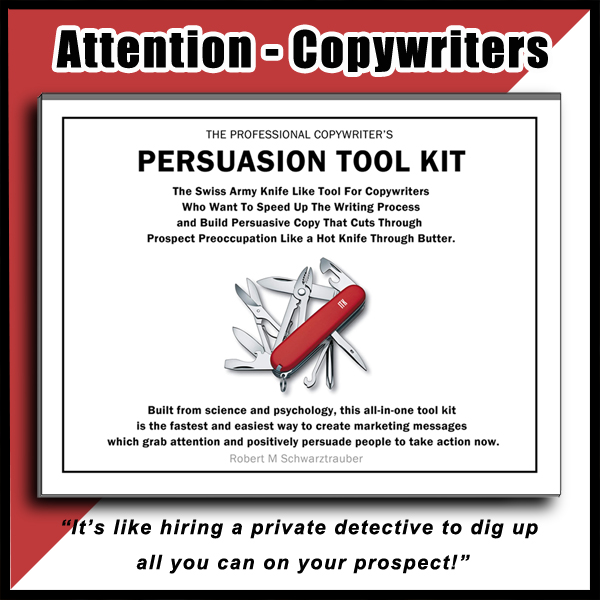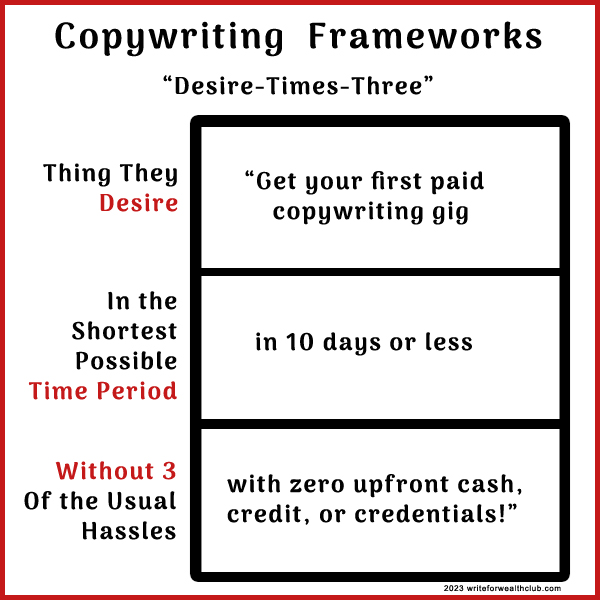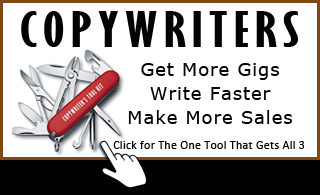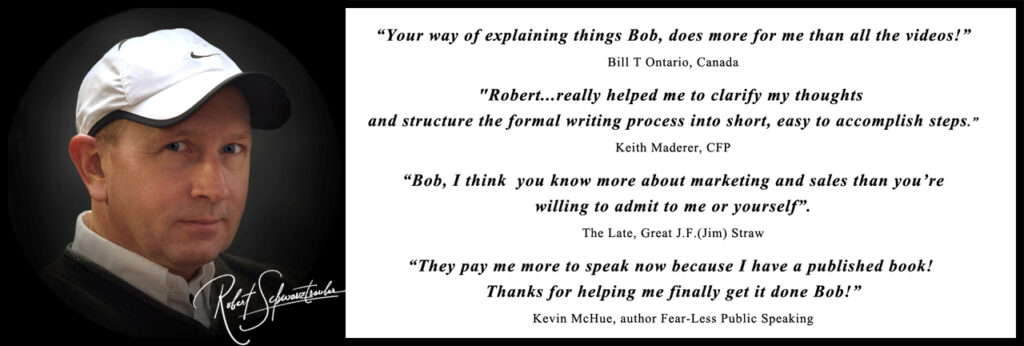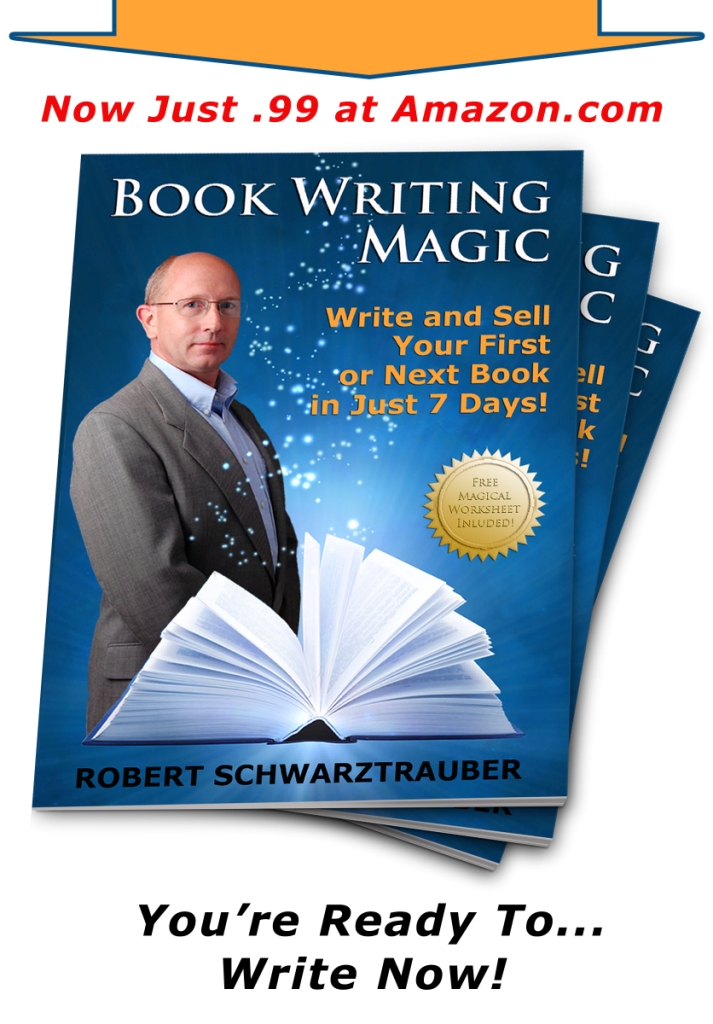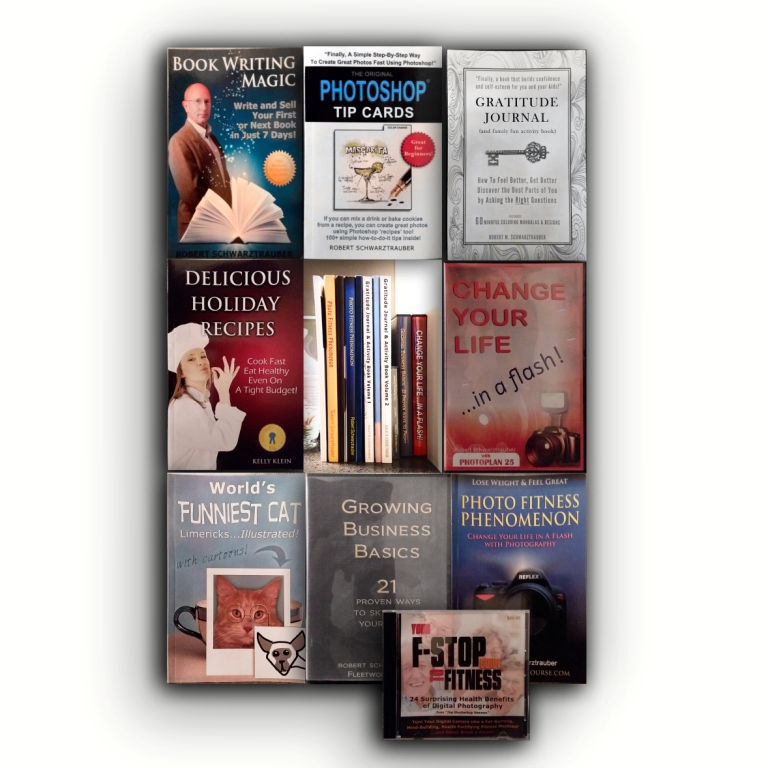Copywriting Training -The Power of Emotional Appeals in Marketing and Advertising
In marketing, advertising, and sales, one cannot overstate the importance of making an emotional connection with potential customers.
More than any facts or features, what truly motivates people to buy is how we make them feel.
The most effective advertisements and sales presentations create a compelling narrative and immerse viewers in an emotional experience.
They tap into universal human desires like love, freedom, security, independence, freedom, or achievement. A good emotional appeal should feel aspirational yet attainable with the advertised product.
A good advertisement shows the consumer how their life could improve in a meaningful way.
The best appearls offer the promise of TRANSFORMATION!
Connecting with emotions builds trust and rapport with customers. It shows that our brand understands them intimately and cares deeply about their well-being.
Ads that fails to establish this emotional bond will likely be ignored no matter how impressive the product itself may be.
Copywriting Examples from Entertainment
Consider the entertainment industry as a powerful marketing example.
Why do we love music?
Because of the sounds that vibrate our eardrums?
NO!
Because of how it makes us FEEL inside!
It makes us laugh, cry, miss our ex, love our current, long for the next.
Billions of downloads of music because it makes us FEEL something.
How about movies?
It’s the same. Billions in sales and downloads. Not because the movie is cinematically perfect or the characters even real, but because of how that movie makes us FEEL inside.
We cry for loves lost. Or happiness gained against all odds. We rant against injustice exposed. We long for the adventures they show. We feel empowered ourself when the little guy wins out against the giant.
We are feeling creatures.
Isn’t that why we seek love? Even why we buy pets?
We crave, lust, are driven by, my God...
Something that makes us FEEL something!
Else we feel dead. Bored. Depressed. Disgusted. Unmotivated.
But, oh boy, give us a roller coaster ride. A bungie jump. Scare us from behind. Give us a big hug…
And we’re exilerated! We feel alive again!
The greatest sin in advertising, is forgetting to take your prospect on an emotional ride.
Let your prospect viscerally experience the horrid lows of his current condition.
Let him feel just how much it might get worse if he does nothing.
Take him to the bottom. The very bottom.
Then lift him up to the top where he can feel the breeze, feel the freedom.
Let him feel what it’s like to be on top of the world having now solved his most daunting problem with the help of your solution. Show him what’s possible. Share stories of how others just like him found success – quickly and easily, and he can too!
Then, gently take him back down to the crossroads.
Heaven with the purchase of your solution. Just a click away.
Or Hell.
Do nothing. Stay right where you are. Live in that hell of your own creation, knowing full well you had the opportunity for transformation, but did not take it.
If you can make him feel that future regret now, you may have done him the greatest service of all.
As copywriters, marketers, sellers of things, we are not in the business of selling those things directly, but of offering TRANSFORMATION – a better life.
Make them FEEL that better life is within their grasp right now.
Famous Quotes on Emotion
Here are some relevant quotes on the power of emotional appeals in marketing and advertising:
1. “We don’t buy goods and services. We buy relations, stories and magic.” – Seth Godin
2. “Marketing is no longer about the stuff that you make, but about the stories you tell.” – Seth Godin
3. “People don’t buy what you do, they buy why you do it.” – Simon Sinek
4. “Features tell, benefits sell.” – Dan Lok
5. “Emotions drive people. People act emotionally, and justify logically.” – Zig Ziglar
6. “Never forget that the most powerful element in advertising is the ad itself.” – Leo Burnett
7. “What really decides consumers to buy or not to buy is the content of your advertising, not its form.” – David Ogilvy
8. “Advertising justifies its existence when used in the public interest. It is much too powerful a tool to use solely for commercial purposes.” – Leo Burnett
9. “The best advertising doesn’t just circulate information. It penetrates the public mind with desires and belief.” – Leo Burnett
10. “A brand for a company is like a reputation for a person. You earn reputation by trying to do hard things well.” – Jeff Bezos
11. “Advertising is the art of arresting the human intelligence just long enough to get money from it.” – Chuck Blore
12. “The way to gain a good reputation is to endeavor to be what you desire to appear.” – Socrates
13. “There are no facts, only interpretations.” – Friedrich Nietzsche
14. “We don’t see things as they are, we see them as we are.” – Anaïs Nin
15. “Emotion is the driving force behind most, if not all, of our behaviors.” – Jenefer Palmer
16. “Your brand is what people say about you when you’re not in the room.” – Jeff Bezos
17. “The feeling of being valuable is essential for passion and motivation.” – Anonymous
18. “We don’t see things as they are, we see them as we feel.” – Anaïs Nin
19. “Passion is energy. Feel the power that comes from focusing on what excites you.” – Oprah Winfrey
20. “Marketing is about values. It’s a complicated world, increasingly difficult to navigate. People are hungry for guides to make choices.” – Seth Godin
21. “Behind every buying decision, there is emotion.” – Ayesha Khanna
22. “I’ve learned that people will forget what you said, people will forget what you did, but people will never forget how you made them feel.” – Maya Angelou
23. “The strongest emotional appeal in advertising focuses on the deepest wants and needs of the consumer.” – Claude Hopkins
24. “The best way to persuade people is with your ears, by listening to them.” – Dean Rusk
25. “The aim of marketing is to make selling superfluous. The aim is to know and understand the customer so well that the product fits him and sells itself.” – Peter Drucker
One of the best tools around for understanding the customer, his needs, his true desires, and the emotional hot buttons you should press which cause him to buy is The Copywriter’s Persuasion Toolkit.
It includes easy to follow graphics, plus fill-in-the-blank templates which show you pricely which emotions and which appeals get your prospect to buy.
Included are bonus reports every aspiring copywriter needs to get started earning money for paid copywriting gigs in less than 10 days – even with no prior experience!
In today’s crowded marketplace, an emotional appeal is clearly the best way to stand out.
Our feelings are what stick with us and compel us to take action.
As marketers, we must move beyond touting features and benefits. We must understand what truly matters to consumers on a deeper, emotional level.
When we touch their hearts, their wallets open.
Magical!
Care to try?
Craft your first emotional appeal today using The Copywriter’s Persuasion Toolkit.
To your Success!
– Robert Schwarztrauber
P.S. Here’s a copy and paste link to the toolkit copywriters love: https://writeforwealthclub.com/copywriterstoolkit/

